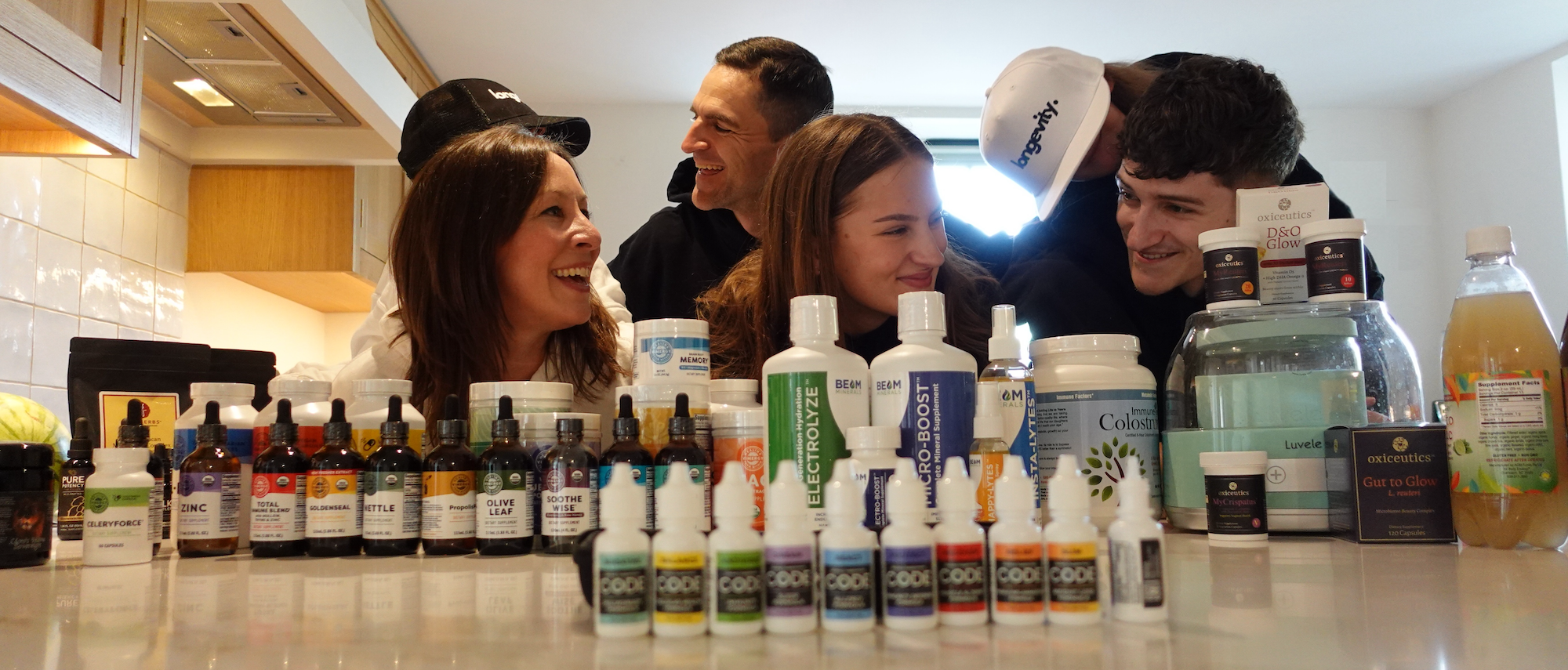Beekeeper Luisa’s Raw, Organic Honey Collection
Welcome to the Beekeeper Luisa’s Raw, Organic Honey Collection, where the finest natural ingredients meet traditional beekeeping expertise. Each product in this collection is crafted with care, ensuring that the honey remains raw and organic, preserving its natural properties and delicate flavours.
Luisa's Raw, Organic Creamed Heather Honey
Luisa's Creamed Heather Honey is a velvety, smooth honey made from the nectar of heather flowers. Known for its deep, robust flavour and creamy texture, this honey is a treat for the senses. The creamed consistency makes it easy to spread, perfect for toast or as a natural sweetener in your favourite recipes. Packed with the benefits of raw honey, it offers a delightful, natural option for enhancing your daily meals.
Luisa's Raw, Organic Forest Honey
Sourced from the pristine forests, Luisa’s Forest Honey is a dark, rich variety with a deep, earthy flavour. This honey comes from the nectar of trees and wildflowers. Unprocessed and raw, it preserves all the essential enzymes and nutrients, ideal for those who value natural, wholesome foods.
Luisa's Raw, Organic Creamed Eucalyptus Honey
Luisa’s Creamed Eucalyptus Honey is known for its distinctive taste with mild, refreshing eucalyptus notes. This creamy honey is perfect for those who enjoy a smooth texture and a unique flavour profile. Sourced from organic eucalyptus groves, this honey maintains its raw, natural essence, making it a versatile addition to your health-conscious diet.
Luisa's Raw, Organic Creamed Chestnut Honey
Luisa’s Creamed Chestnut Honey is crafted from chestnut trees, offering a deep, slightly nutty flavour. Its creamy consistency and full-bodied taste make it a fantastic choice for spreading or pairing with cheese. This raw, organic honey is a great way to incorporate natural sweetness into your lifestyle while savouring the unique flavour of chestnut.
Luisa's Organic Rock Rose Bee Pollen
Alongside her exquisite honey, Beekeeper Luisa offers Organic Rock Rose Bee Pollen. This bee pollen is a rich source of vitamins and minerals, packed with natural energy to support your overall health. A perfect complement to Luisa's honey, this bee pollen can be sprinkled on yogurt, smoothies, or eaten on its own for a nutritional boost.
With Beekeeper Luisa’s Raw, Organic Collection, you can enjoy the authentic taste of nature while supporting your health and longevity. Each product is lovingly crafted to bring you the best of the natural world, straight from the hive to your home.
















